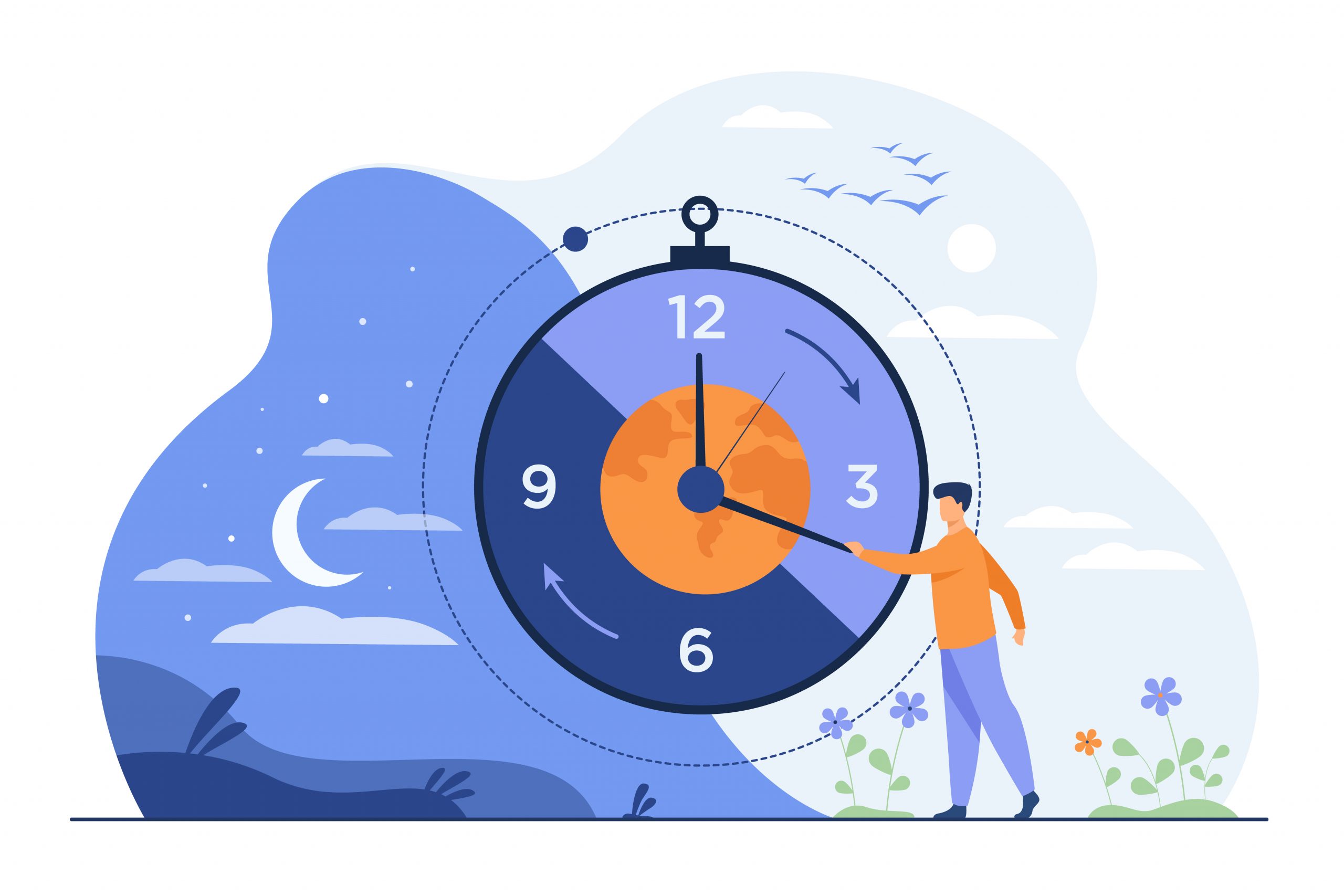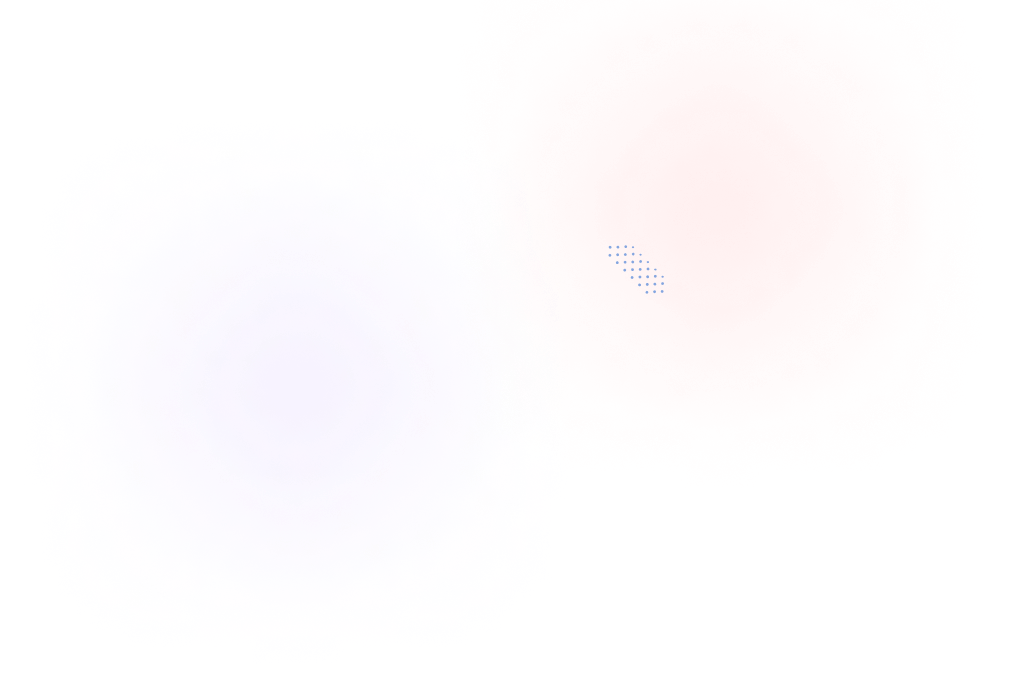
What is time management?
Time management is the process of planning and organizing how to allocate time effectively and efficiently toward accomplishing specific tasks, goals, and activities. It involves identifying priorities, setting goals, and creating a schedule that balances the demands of work, family, and personal interests. Effective time management helps individuals increase their productivity, reduce stress, and achieve a better work-life balance. It also involves regularly reviewing and adjusting plans as necessary to stay on track and make the most of each day. By prioritizing and managing time, individuals can make the most of their time and achieve greater success in all aspects of life.
Why is time management important?
Time management is important because it helps individuals make the most out of their available time, increase productivity and achieve their personal and professional goals. The advantages of time management are clear-cut. Effective time management enables you to do more tasks in less time, which results in more time freedom, improves focus, boosts productivity, reduces stress, and increases time with the people who matter most to you.
It also reduces stress and improves work-life balance by allowing individuals to prioritize tasks, set realistic deadlines, and avoid overloading their schedules. Effective time management skills lead to better decision-making, improved efficiency, and greater satisfaction in both personal and professional aspects of life.
Your focus and productivity will rise with effective time management techniques. They also lessen procrastination and distractions. Being productively in charge of your time with effective time management. Additionally, it makes it easier for you to complete more of your critical tasks.
4W’s of time management
Time management is a crucial skill for individuals who want to achieve their goals, increase their productivity, and improve their overall quality of life. To get the most out of your time, it is important to understand the 4 W’s of time management: What, When, Where, and Why.
- What: The first W of time management refers to the tasks and activities that you need to accomplish. Start by making a list of everything you need to do and prioritize them according to their importance and urgency. Focus on the most important tasks first and allocate time to complete them.
- When: The second W of time management is all about scheduling your time. Determine the best time to complete each task and add it to your calendar or to-do list. This will help you stay organized and focused on the tasks that matter most.
- Where: The third W of time management is about location. Consider the environment and surroundings in which you work best, and allocate your time accordingly. For example, if you work better in a quiet environment, make sure to schedule your work in a location that meets that need.
- Why: The final W of time management is about purpose and motivation. Understanding the why behind each task can help you stay focused and motivated. Ask yourself why you are doing a task and what the benefits of completing it will be. This will give you a greater sense of purpose and help you stay motivated.
Time management strategies
Effective time management is crucial for success in both personal and professional life. Here are some strategies to help you manage your time more efficiently.
Prioritize tasks
Make a to-do list and prioritize tasks based on their importance and urgency. Focus on the most important tasks first and then move on to the less important ones. Also, you can create agenda with all of the tasks or questions that need to be asked. This to-do list will help to prioritize tasks and accomplish them one by one.
Set goals
Set clear, achievable goals for the day, week, or month. This will help you focus on what needs to be done and stay on track. Managing your time effectively requires a distinction between what is important and what is urgent. In their Time Management Matrix, Merrill (1994) divided tasks into four quadrants: urgent, not urgent, important, and not important. While it is necessary to do tasks that are both urgent and vital. Prioritizing is made simple by making a “to-do” list. Your lifestyle will determine whether you require a daily, weekly, or monthly list. Take care to prevent list-making from becoming excessive. List doable tasks as opposed to objectives or step-by-step plans. Prioritize the items on your “to do” list in that order (both important and urgent). You have the option of categorizing objects into groups like high priority, medium priority, or low priority; numbering them in order of priority, or employing a color-coding scheme.
Elliminate distractions
Identify the sources of distractions in your work environment and eliminate or minimize them as much as possible. This can be anything from notifications on your phone to background noise. Everyone becomes preoccupied. Numerous factors, such as email, social media, coworkers, children, or unrelated thoughts, can hinder your progress. Even though some of them are beyond your control, you must make a concerted effort to reduce the items that can divert your attention.
Self-analysis of time management: Find out what distracts you, and then devise a plan to lessen that distraction. Should I ask you to leave my phone in the other room? Should you disable email or text message notifications? Is it necessary to prevent social media access on your work computer?
The 80/20 rule
Are you now engaged in activities that are productive? The Pareto Principle, commonly known as the 80/20 rule, states that only 20% of work yields 80% of the results. This approach can be applied to a wide range of life situations, including time management. This means that by figuring out the 20% of actions that account for the majority of your results, you can operate more efficiently and accomplish more. Then give those chores more attention if they are giving you the best return on your time.
Rapid Planning Method (RPM)
The Rapid Planning Method (RPM) is a time management tool that helps you prioritize tasks and focus on what is most important. It was developed by Tony Robbins and is based on the following steps:
- Define your outcome: Start by defining what you want to achieve in a specific time period, such as a day or week.
- Determine your priorities: Make a list of all the tasks you need to complete in the given time period. Prioritize the tasks based on their importance and urgency.
- Take massive action: Start with the most important task and take action towards completing it. Focus all your energy and attention on this task until it is done. Repeat this process for each task on your list.
- Review and adjust: Regularly review your progress and adjust your plan as needed. This helps you stay on track and make any necessary changes.
Pomodoro and 52/17
The Pomodoro Technique and 52/17 are two popular time management methods used to increase productivity and focus.
The Pomodoro Technique is a time management method where you work for 25 minutes, then take a 5-minute break. This process is repeated four times, and then you take a longer break of 15-30 minutes. The idea behind the Pomodoro Technique is to use time blocks to help you focus and increase productivity.
52/17 is a time management method that involves working for 52 minutes and taking a 17-minute break. This process is repeated four times, then a longer break of 30-60 minutes is taken. This method is based on the idea that longer periods of focused work can lead to higher levels of productivity, while short breaks help to prevent burnout and maintain focus.
Both methods aim to help you manage your time more effectively, increase focus and productivity, and prevent burnout. It is recommended to choose the method that works best for you and stick to it to see the best results.
Effective time management with isLucid
isLucid is a meeting information management software that connects both – meetings and time management. isLucid transcribes conversation in real-time during Microsoft Teams call and enables call participants to create meeting minutes and tasks. It is being transferred to your preferred project management software or CRM right away from the transcription. Import meeting transcription from Zoom, Google Meet, or Microsoft Teams to have a better meeting organization all in one place. It can be accessed anytime and you can download generated meeting minutes file or share it with those who were absent. You can get isLucid directly from Microsoft Teams.
Pairing isLucid and any of the project management software can bring significantly better results for your daily work and productivity. Time is saved by automated task assigning and storing to task management software. isLucid saves time for a manager who needs to assign tasks by capturing important topics in transcription, automating task creation (rephrasing) and also integrating to the tasks management software.
If you are interested in isLucid digital meeting assistant, get it for MS Teams.
You can also book a demo and get a walkthrough: Book a Demo.

